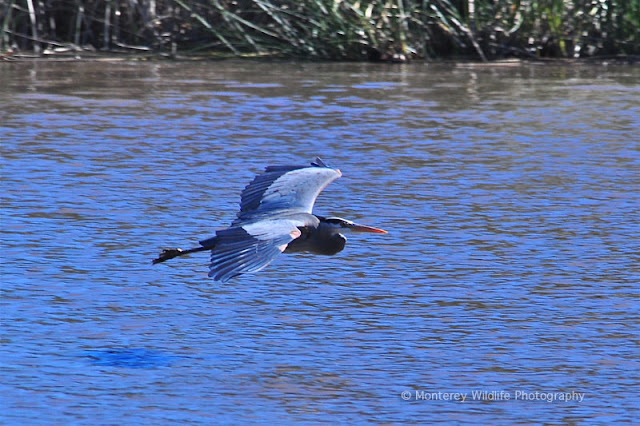A Productive Day and a pleasant walk at the Laguna Grande Pond - -
We observed nesting activity and many of the more common species on this visit.
We observed nesting activity and many of the more common species on this visit.
This Eurasian Collared Dove was sitting on a nearby wire as we arrived. We understand that this species was introduced into the Bahamas in the 1970's, reached Florida in the 1980's, has progressed across the Country since then and has recently has been reported in Alaska. Migration across the Country in 25 years - quite a feat. We see many perched in the dead trees in the Park. Wikipedia describes how the Eurasian Collared Dove has been one of the great colonizers of the bird world during the last century. There is a very informative history of the world-wide dispersion since the 1600's here.
This Double-crested Cormorant was roosting in a pond-side tree where we have seen them previously. Note the white breeding plumage crests. Wikipedia has a very complete history of the common Double-crested Cormorant here.
Red-winged Blackbirds were plentiful. There were many males - this one seems to be the western bi-colored variety while others did have the red-yellow wing patch. Portraits of a male and a presumed female follow. Again, Wikipedia has very good historical information on the species here.

One Great-blue Heron had been sitting in the rushes on the other side of the Pond. We captured this shot as he moved to a new location. Excellent Wikipedia information on the distribution, habitat, behavior and diet can be found here.
The ever-present immature gulls were seen - this one with a nice pose.
And there were a few Pied-billed Grebes - the most wide-spread of the North-American grebes. Not strong flyers, we see them feeding in the Pond and often nearby the reeds along the shore - their likely nesting site.The Wikipedia reference material provides very complete information here.
A group of Canada Geese was nearby this nesting spot when another male (see below) came in for a noisy landing while immediately claiming dominance and protecting the female on this nest.
The "touch-down" isn't necessarily an elegant maneuver - it seems more like a "controlled crash".
We always look for the Red-shouldered Hawk and this day we spotted two. We also identified their likely nest - high in these eucalyptus trees. We read in the Wikipedia summary here that their incubation period is about 30 days and that hatchlings are brooded for up to 40 days. The young leave the nest at about six weeks of age, but remain dependent on the parents until they are 17 to 19 weeks old. We will have several more weeks to observe their activity in this area.
There was other nest-building activity observed as this Black Phoebe was collecting mud for a nest under one of the Pond bridges. We watched as several trips were made with mud from this location. It is interesting to read the Wikipedia commentary about the more common birds. We always get a better understanding after checking the references - here. We read that their habitat must supply mud for nest building - as we observed.
The Dark-eyed Junco was also in the mud but not apparently gathering nesting mud in his beak. This one is the Oregon sub-species common in this coastal area. Wikipedia has a good summary of the Dark-eyed Junco here.
We are finding that the Wikipedia information is often far more detailed and informative than the Cornell Labs site www.allaboutbirds.org/guide/. We check both sources while developing the Blog entries, referencing the one with the better information.











No comments:
Post a Comment